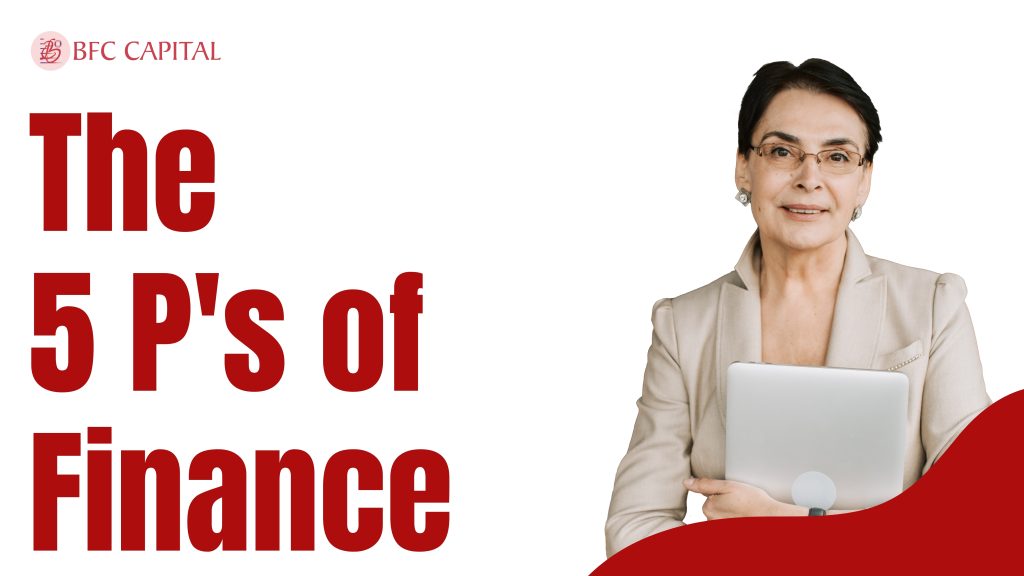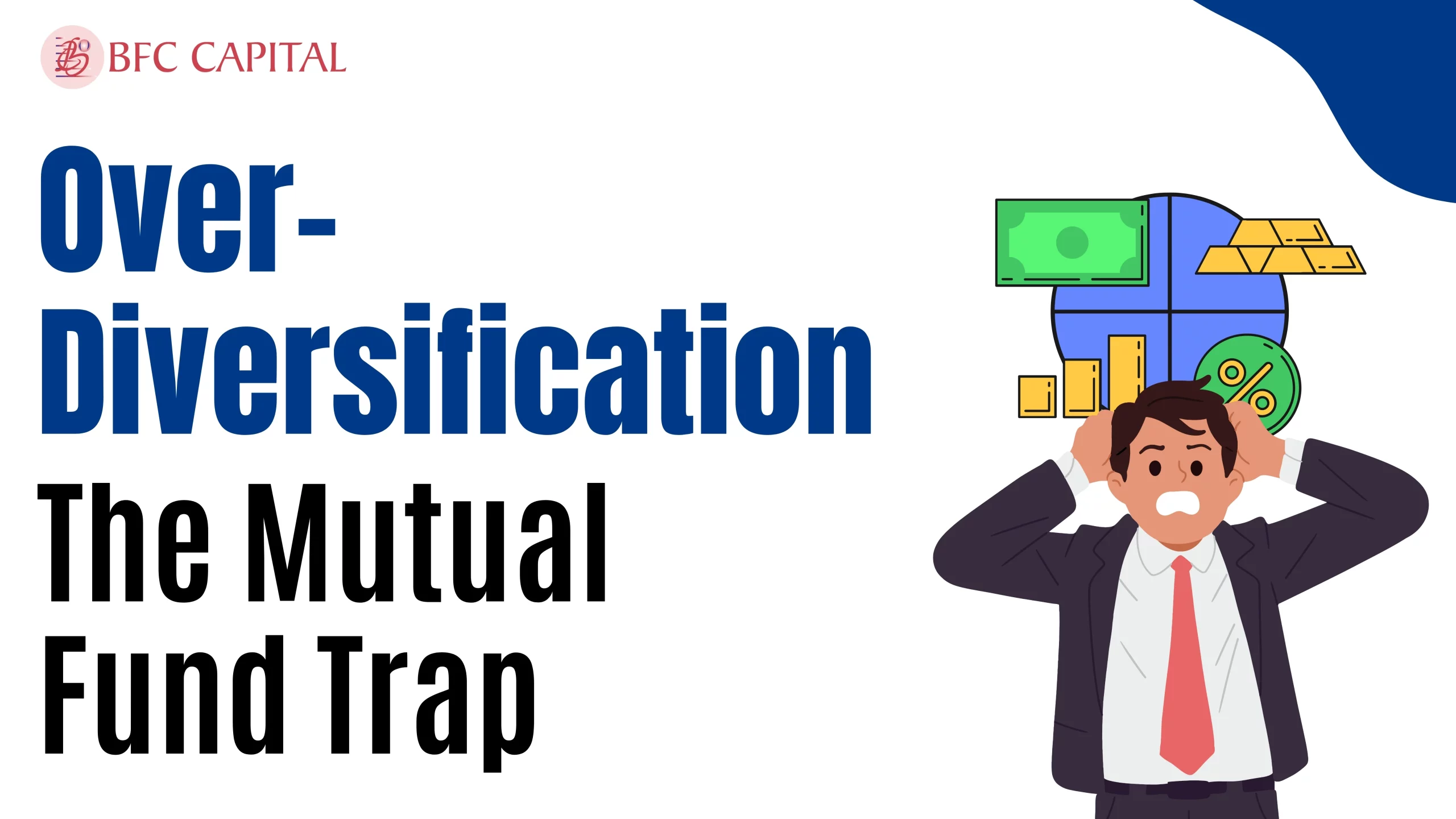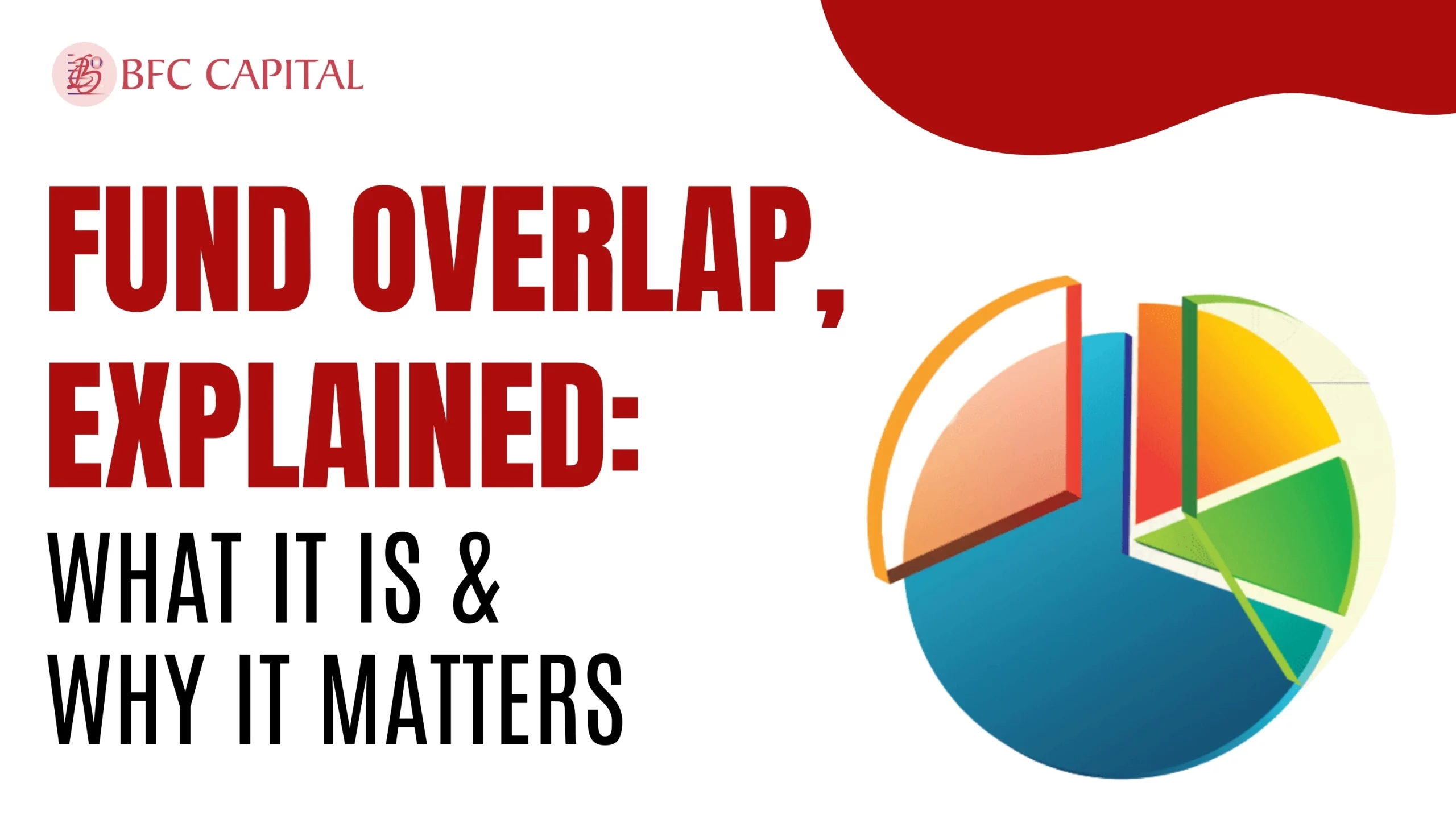
In finance, just like in marketing, there is something known as the “5 P’s” that ensures proper decisions and strategies are followed. Five such elements—Planning, Positioning, Protection, Performance, and Perspective—are much more than the critical ingredients that finally translate into long-term financial success.
Let’s take each one of these components and see how they have the potential to improve your concept of financial planning.
Table of Contents
Planning
Planning is the basis of any financial strategy. It means setting clear goals and finding ways to achieve them. Whichever your goal may be—retirement, purchase of a house, or building up of a reserve fund—a properly written plan keeps you focused and on the right track. Your planning should include budgeting and forecasting, as well as making provisions against unforeseen events. A business would not start without a business plan, and similarly, you shouldn’t enter into your finances with less than a solid financial plan.
For example, say you were to drive across the country. If you don’t have a map or a plan, then most likely you will get lost or stranded. The same thing applies to financial planning: if you don’t plan, you might run out of resources or not hit your goals regarding your finances. A good financial plan is your GPS that can lead toward financial success.
Position
Your financial position describes your situation at a given point in time, considering your assets, liabilities, income, and expenses. It is relevant to know your financial position so that you could be able to see where you are and probably where adjustments may be appropriate. Having frequent reviews of your financial position will point out areas for improvement, such as dealing with debt reduction, increasing one’s savings, or probably reallocating investments.
For example, think of this as the starting gun for a race—the initial financial position. Knowing where you are positioned to start helps you pace and develop appropriate strategies to get to the end of your race. Knowing your debts, income, and assets will better help you plan how you can achieve your financial goals.
Protection
Protection means being protected against life’s vagaries on your financial well-being. This ranges from having sufficient insurance coverage—health, life, and disability, among others—to property insurance. Then, there is the need to build an emergency fund for expenses that might pop up and not dent your financial plan. The protection ensures a shock-absorbing mechanism that ensures that your financial future isn’t jeopardized by some event or events in your life.
Protection, in this very sense, is what you wear on your bike. Just as a helmet protects you if you fall off your bicycle, so insurance and emergency funds keep your finances safe from these unexpected blows that may hit one’s finances. Otherwise, one bad accident or illness could be financially catastrophic without them.
Performance
Performance depicts how well one’s financial investments and strategies are working. It is important to check up on your investments and savings regularly, and on your overall financial plan, for everything to be on target toward the realization of your set goals. This includes checking through returns, adjusting investment strategies, and making sure that your financial actions align with your long-term goals.
Suppose that you have a garden in which, from time to time, you look at it, water the plants, and even change their position to make sure everything is fine. In this case, watching your financial investment helps your money grow, bringing you desired returns. If an investment isn’t performing well, then you might need to “replant” or adjust the strategy.
Perspective
Perspective means having the big picture and staying informed about your personal finances. It is an understanding of how individual elements of your finances interact and influence each other. Maintaining a long-term perspective will have you making decisions that fit in with the overall goals; it won’t get caught up in short-term market ups and downs or temporary setbacks.
Think of perspective as the ability to see the forest for the trees. Yes, you need to zero in on individual-enough details regarding your financial situation, but it’s just as important to step back and see how those details fit into the bigger picture. A long-term perspective helps you ride temporary financial storms without losing focus on your overall goals.
Integrating the 5 P’s into Your Financial Life
To get the most out of the 5 P’s, it is paramount to incorporate them into your daily finance practices. Here’s how you can put each component into practice:
- Planning: Take a look at your money goals regularly and update your plan. Life’s going to change; your financial plan should, too.
- Position: Keep track of your financial position by reviewing your budget, assets, and liabilities regularly. This will help you stay aware of where you stand financially.
- Protection: Make sure you have proper insurance and an emergency fund. This will protect you from sudden shocks to your finances.
- Performance: Make sure to monitor your investments and the financial strategy against set goals. Adjust accordingly to remain on track with your financial plan.
- Perspective: Try to maintain a credible long-term perspective regarding your finances. There will be downturns in the market and other short-term problems, but they aren’t significant enough to blow you off course.
By keeping these five key areas in focus, one essentially sets a base for a solid financial future. The 5 P’s of finance describe having complete elaboration to keep your money, protect what matters, and achieve long-term financial goals.
Conclusion
The 5 P’s—Planning, Position, Protection, Performance, and Perspective—are holistic in a manner to be of use in the shaping of financial life management. Conversely, each of these principles will help you make very well-educated, strategic choices that go in line with your long-term goals.
Much like a balanced diet leads to physical health, a balanced approach to the 5 Ps does to financial well-being. Finance is not about winning; it’s about steady, consistent progress over time. By incorporating the 5 P’s into your financial strategy, you’ll be better equipped for the intricacies involved in personal finance and will follow through to lasting financial security.
Call to Action
To learn more about mutual funds, contact us via Phone, WhatsApp, or Email, or visit our website. Additionally, you can download the Prodigy Pro app to start investing today!
Disclaimer – This article is for educational purposes only and by no means intends to substitute expert guidance. Mutual fund investments are subject to market risks. Please read all scheme-related documents carefully before investing.

Assistant Vice President – Research & Analysis
Akash Gupta heads the Research & Analysis department at BFC CAPITAL, where he combines in-depth market insights with strategic analysis. He holds multiple certifications, including:
- NISM-Series-XIII: Common Derivatives Certification
- NISM-Series-VIII: Equity Derivatives Certification
- NISM-Series-XXI-A: Portfolio Management Services Certification
- IRDAI Certification
With his expertise in equity, derivatives, and portfolio management, Akash plays a key role in providing research-backed strategies and actionable insights to help clients navigate the investment landscape.







